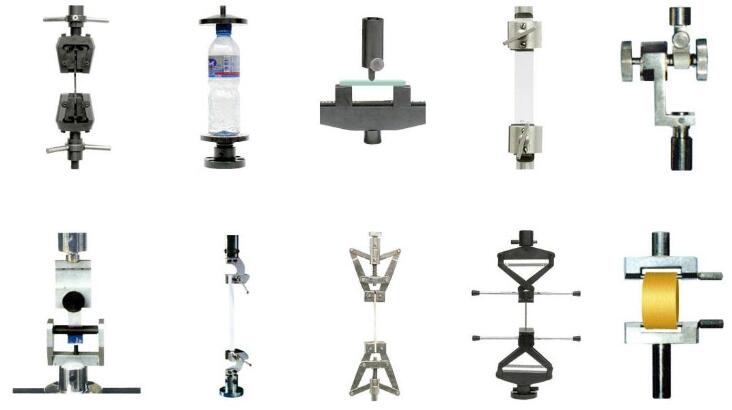- Qinsun Instruments Co., Ltd.
- Tell:+86-21-6780 0179
- Phone:+86-17740808215
- Address:No. 2578 Minhang District Gu Dai Road, Shanghai
- Contact:Mr. Li
- QQ:846490659
Selection and confirmation of laboratory testing methods

The laboratory's testing criteria should prioritize these officially issued standards:
1) International standards;
2) National standards;
3) Industry standards or government issued technical specifications;
4) Local standards;
5) Enterprise logo;
6) The methods of publication by well-known technical organizations or scientific books and journals;
7) The method specified by the equipment manufacturer;
8) Self developed non-standard methods.
Priority should be given to national standards, industry standards, and local standards; For new and old standards that are in a transitional period, priority should be given to selecting the new version of the standard.
To ensure that the standards used in the testing are the current and effective versions, the data officer should be responsible for searching, collecting, and updating the latest standards and other technical specifications. According to the Document Control Procedure, ensure that the standards used by the testing personnel are the latest and effective versions, fill out the Standard Novelty Check Form, and submit it to the technical responsible person for review.
When using external corporate standards for testing, measures should be taken to prevent potential ownership infringement issues.
When there are difficulties in understanding and operating the standards used, the technical leader should organize relevant testing personnel to write testing operation instructions to ensure consistency in the implementation of the standards. The testing operation manual should be formally written and undergo written approval procedures from the preparer, reviewer, and approver to maintain its validity, in accordance with the Document Control and Maintenance Procedure. When it is necessary to adjust or modify the testing operation manual, it should also be executed according to the Document Control and Maintenance Procedure. The content of the homework guidebook should include:
1) The name of the detection method;
2) The scope of application of the detection method;
3) Instruments and equipment used for testing, including technical performance parameter requirements;
4) Required reference materials (reference materials);
5) Management requirements for the tested samples;
6) The measured parameters or quantities and their ranges;
7) Facilities and environmental conditions required for testing;
8) Description of detection steps;
9) Safety facilities to be followed;
10) The criteria and requirements for testing;
11) Methods for analyzing and expressing the data to be recorded;
12) If necessary, the requirements for evaluating the uncertainty of the test results.
13) When the client's commissioned testing does not specify a method, the testing team director should first recommend testing methods within the scope of laboratory certification and recognition capabilities to the client. If the client's requirements cannot be met, the testing method should be recommended in Article 1.1 of this procedure, and the recommended method should obtain the client's written consent and recognition. When the method specified by the customer is inappropriate or has expired, the person in charge of testing should clearly notify the customer.
When the testing standards and required capabilities specified by the customer are within the scope of certified and recognized capabilities, accepting the customer's commissioned testing does not require a contract review of the laboratory's capabilities and the customer's requirements. However, the customer's requirements must be clearly included in the contract in accordance with the "Requirements, Bidding Documents, and Contract Review Procedure".





